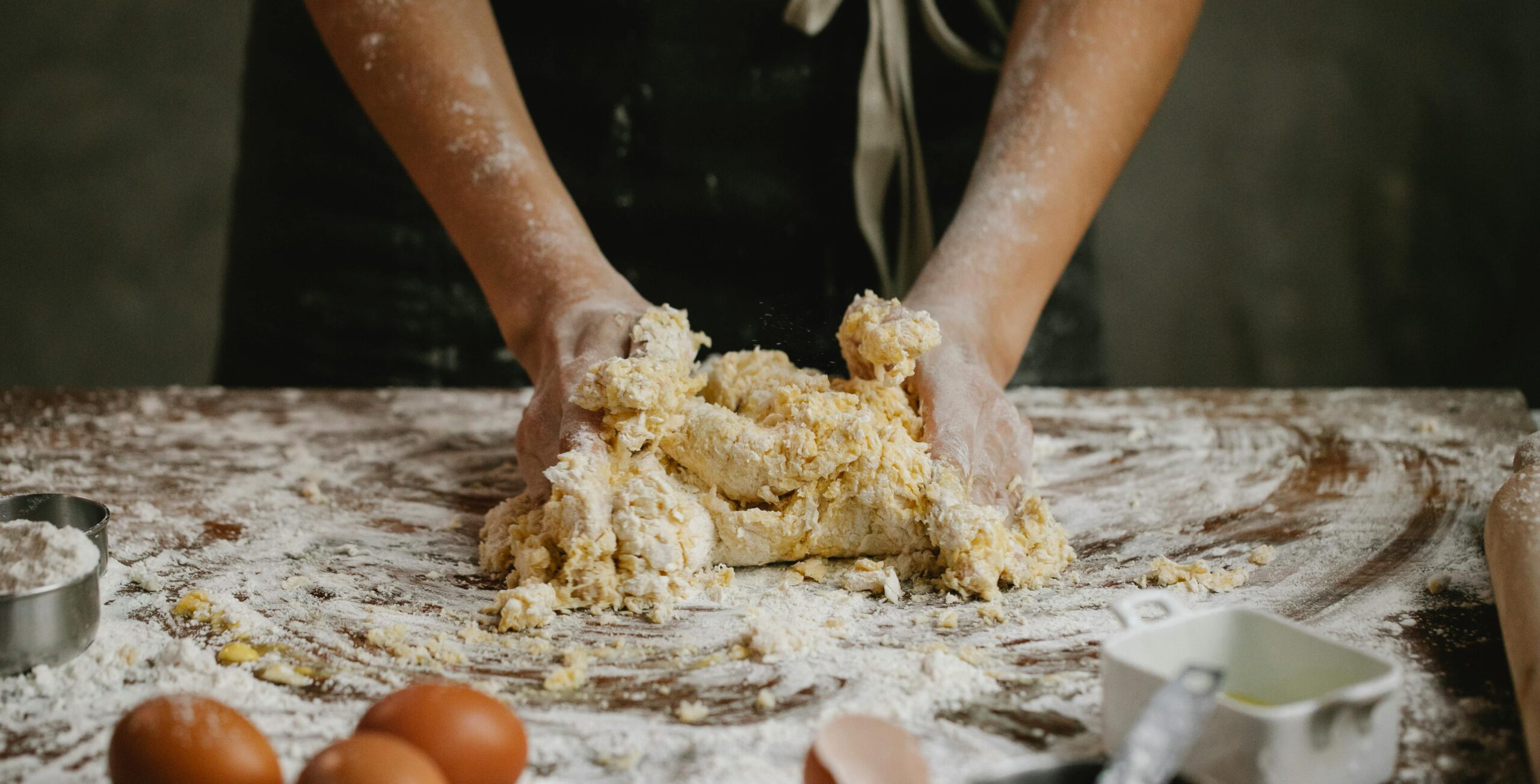Creating the perfect pizza dough at home is a rewarding endeavor that elevates your pizza-making experience. Whether you are a beginner or an experienced home cook, mastering the art of homemade pizza dough allows you to customize your favorite pizzas to suit your taste. With a few simple ingredients and some patience, you can achieve a beautifully textured dough that serves as the foundation for countless delicious variations. In this guide, you will discover an easy pizza dough recipe, along with essential tips and techniques to ensure your success.
Mastering the Art of Homemade Pizza Dough from Scratch

The joy of making homemade pizza starts with the dough, which is the heart and soul of any great pie. Unlike store-bought options, homemade pizza dough offers a freshness that enhances the overall flavor and texture of your pizza. By using quality ingredients and following a straightforward process, you can create a dough that is chewy, crispy, and full of flavor. With just a bit of practice, you will find that making your own pizza dough can be both fun and fulfilling.
Essential Ingredients for Perfect Pizza Dough Every Time
To create a delicious and versatile pizza dough, you will need the following ingredients. Each component plays a crucial role in developing the dough’s flavor and texture.
- 4 cups all-purpose flour
- 1 ½ teaspoons salt
- 1 teaspoon sugar
- 1 packet (2 ¼ teaspoons) instant dry yeast
- 1 ½ cups warm water (about 110°F or 43°C)
- 2 tablespoons olive oil
All-purpose flour is typically the best choice for pizza dough, providing the right balance of protein for structure. The salt enhances flavor and strengthens the dough, while sugar feeds the yeast, helping it to activate and rise. Instant dry yeast is preferred for its convenience, as it doesn’t require proofing before use. Warm water helps to dissolve the yeast and creates an ideal environment for fermentation. Finally, olive oil adds richness and helps with the dough’s elasticity.
Step-by-Step Guide to Kneading and Fermentation
Now that you have gathered your ingredients, it’s time to dive into the step-by-step process of making pizza dough. This process includes mixing, kneading, and allowing the dough to ferment, which are all critical for developing flavor and texture.
- In a large mixing bowl, combine the flour, salt, sugar, and instant dry yeast. Stir these dry ingredients together until they are well mixed.
- Make a well in the center of the dry ingredients and pour in the warm water and olive oil. Mix with a wooden spoon until a shaggy dough begins to form.
- Once the dough starts to come together, transfer it to a floured surface. Knead the dough for about 8-10 minutes until it becomes smooth and elastic. If the dough is too sticky, sprinkle a little more flour as needed, but avoid adding too much as this can make the dough tough.
- After kneading, shape the dough into a ball and place it in a lightly greased bowl. Cover the bowl with a clean kitchen towel or plastic wrap.
- Allow the dough to rise in a warm, draft-free area for about 1 to 2 hours, or until it has doubled in size. This fermentation process is essential as it develops the dough’s flavor and texture.
Once the dough has risen, gently punch it down to release any air bubbles. You can now either use it immediately or refrigerate it for later use. If refrigerating, let it rest at room temperature for about 30 minutes before rolling out.
Tips for Perfecting Your Pizza Dough

To achieve the best results, consider the following tips as you embark on your pizza-making journey. These suggestions will help you refine your technique and enhance the quality of your dough.
- Use high-quality ingredients. The quality of your flour and olive oil can significantly impact the final taste of your pizza dough.
- Monitor the temperature of the water. Too hot can kill the yeast, while too cold may not activate it properly. Aim for a temperature around 110°F (43°C).
- Don’t rush the fermentation process. Allowing the dough to rise properly is crucial for developing flavor and texture.
- Experiment with hydration levels. For a chewier crust, you can increase the water content slightly, but be mindful of how this affects the dough’s handling.
- Consider a longer fermentation time. If you have the time, allowing the dough to rise in the refrigerator for up to 24 hours can enhance flavor through a slow fermentation process.
Exploring Variations for Your Pizza Dough
Once you have mastered the basic pizza dough recipe, you can start exploring various variations to suit your preferences. Adding different ingredients can create unique flavors and textures in your pizza crust. For instance, you can incorporate herbs such as oregano or basil into the dough for an aromatic twist. Additionally, using whole wheat flour or a combination of flours can add a nuttier flavor and increase the nutritional value of your crust.
If you prefer a crispier crust, you might want to experiment with a higher baking temperature. Preheat your oven to its highest setting and use a pizza stone or steel for optimal heat distribution. For a more traditional Neapolitan-style pizza, consider a dough that undergoes a longer fermentation process, creating a more complex flavor profile.
With these techniques and variations at your disposal, you can customize your homemade pizza dough to reflect your culinary style. The journey of creating the perfect pizza begins with an understanding of the fundamental principles of dough-making. As you practice and experiment, you will gain confidence in your abilities, leading to delicious homemade pizzas that you and your loved ones can enjoy.
In conclusion, making your own pizza dough is a satisfying experience that opens up a world of culinary possibilities. With this easy pizza dough recipe and the guidelines provided, you are well on your way to creating mouthwatering pizzas that rival those from your favorite pizzeria. Happy cooking!

Leave a Reply